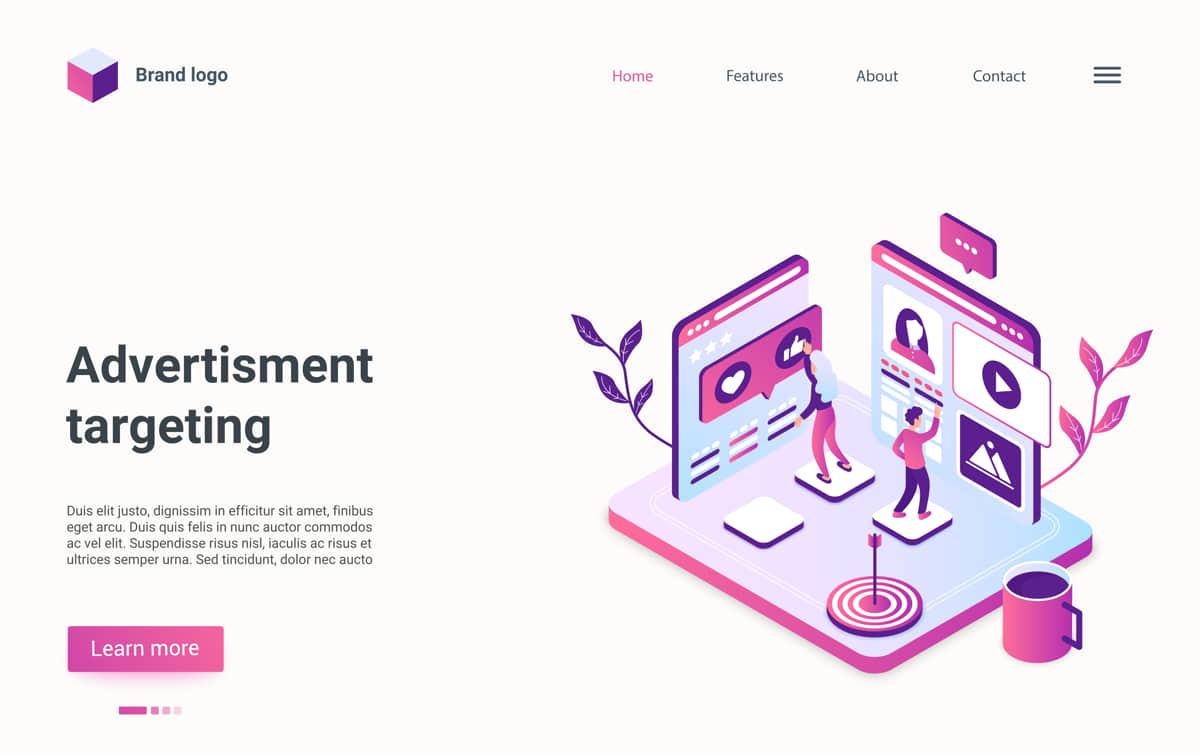The goal of just about any company out there is closing sales and growing revenue – fast. This is because business is a game of both numbers and speed. The higher the number of transactions that you bill for, the higher the turnover for the period.
Your ability to shorten the sales cycle will therefore lead to explosive growth, the very fact that ongoing sales determine if a business remains in business can make a sales closing conversation with a prospect a nerve-bending experience.
Just a misplaced sentence or two and the prospect could ask to delay making a decision for some months, make an offer at a price level that you cannot agree to, or worse, accept a competing offer from one of your competitors.
Let’s look at some simple ideas/strategies that you can build into your sales flow that will both help you close sales cycles fast and help improve your closing rate.
While most of these ideas may be suggestions you are familiar with, you may have not been implementing them in your business and this must have cost you a lot in closure rates. It doesn’t matter what your products or services are,if you have a well-structured sales process, the results will be seen in your rate of closures, and in meeting your revenue projections.
Below are some of the most effective strategies that top companies use to close sales faster than others:
Contents
Do your research
Before starting out on a sales project, it is important that you start with a thorough in-house research so as to have an in-depth understanding of your services and offers and how they provide value to your customers. This also means that your research cannot end in-house. You cannot provide a solution to a problem that you do not fully understand.

While it may seem counter-intuitive that I am recommending that you conduct a thorough research when we are looking at increasing your closing speed, it really isn’t. Never put yourself in a situation where you go into a sales call without having an end game clearly in mind.If you have gotten to the point where a phone call is necessary, arm yourself with details of your prospects before you touch the dial.
Instead of just doing hit and run on strange businesses, focusing your sales pitches on prospects that you have a thorough understanding on will significantly improve your conversion rate as well as improve the efficiency of your sales process.
While the company website can give you information about the prospect, you have to go beyond just their site and see what you can learn about them from the web. Additionally, you can use data enrichment tools to quickly mine more information about your prospect which an ordinary Google search may take you too long to process.
The duration of time that you spend on research is dependent on the length of the sales cycle in your industry. However, it will be time well spent as it impacts on the whole sales process.
Know your ideal customer
Who are the best customers in your business? This is very important information to have as it can help define where you focus your efforts. When you put your sales effort on the type of prospects that has been the revenue source for your business, the result is a predictable boost in sales productivity.
Additionally, the more you know about your ideal customer, the easier it becomes for you to close them. This is because you would have become familiar with their pain-points, the likely objections to your offers and the features of your service to lead with.
Recommended Read: Attract The Right Customers To Your Store
Qualify the prospect
Extending from knowing who your ideal customer is, your salespeople should only make calls to pre-qualified prospects. Running after weak leads would end up wasting precious sales time on people who may never convert to customers.
If you want to know how to close deals more efficiently, this is it! Define who qualifies as a lead well in advance to both your marketing and sales teams and have a clear checklist that your people use to measure any prospect they are considering.
You could even use automation to filter prospects so that as they take actions across your channels, they gradually qualify themselves until they get to a point where they popup in salesperson’s dashboard as a qualified lead.
Here are some questions that you may use as a basis in setting up your automated lead scoring system:
- What is the lead’s industry?
- How many employees do they have?
- What’s the annual turnover?
- Did the lead initiate a follow-up request?
- What challenges is the lead struggling with?
- What context does one see about the firm from data enrichment platforms?
- What call to actions did the lead engage with?
- What pages on the website has the lead visited?
By combining optin landing pages and some automated behavior-based segmentation with insights derived from data enrichment tools, your lead qualifications can mostly run independent of human contact, and your sales people will only be fed with qualified leads to maximize both their efficiency and productivity.
Deal with the decision maker
Who signs the cheque? That is who your salespeople should be talking to, that is, if they can pull off that coup. However, that is not always possible as in real life most decision makers insulate themselves with a retinue of assistants, junior executives and so on. The more efficiently they handle interaction with the gatekeepers, the sooner your salespeople will have access to the decision maker.
In whatever industry you may find yourself, your sales cycle will become shorter if your salespeople can get in front of decision makers earlier than the competition can.
Earn the trust of your prospect
Show your prospects from the very first interactions you have with them that you take them seriously. Most businesspeople drop the ball here. This is a worst case in Nigeria where some have engrained the notion that if you are early to a meeting then you are desperate. Never keep clients waiting. If you say you would give them a call back at this time, do it.
If it needs using a scheduling software to get your appointments right, then use one. In fact, use an alarm clock if that is what works for you! But whatever you do, make sure that you keep your word even in the small stuff.
Additionally, do not be one of those salespeople who would say black is white just to gain access. Establish a reputation early in your relationship as someone who has integrity and does not cut corners.By saying establish a reputation, I am not talking about setting up a façade of honesty that sticks out like a sore thumb due to the variance with everything that you say and do.
When your client catches you trying to pull a fast one on them, it is highly unlikely that they will ever extend the privilege of trust to you again, not to talk of going ahead with the deal.
Create a sense of urgency
When there is urgency, things get done faster. It is a good habit to establish a deadline when you initiate negotiations for a sale. It helps you in two ways. First, you will close the deal faster if the prospect is ready, and second, it will help you avoid wasting valuable time with a prospect that is not just there.
A deadline assigned to a deal increases the motivation of the prospect to close and protects your most valuable resource – time.
A way of handling this without appearing to be putting too much pressure is by offering a discount if the transaction is handled within a certain time-frame.
Suggested Read: How To Improve Sales Through Excellent Customer Service
Be ready to handle objections
Being ready to handle objections is what true preparedness is for a sales call. You need to think early about what likely objections will come up during your call and decide on how those objections will be handled. This is because if an objection derails your conversation and you have to take time out to research a solution, you may have lost momentum that had been gathered thus far, meaning the prospect will be less likely to close than if you had been more effective initially.
I suggest bringing your sales team together and having them come up with as many objections as possible. Then, as a team, decide on how best those objections can be handled. That process is what Tom Searcy calls “landline map”. When your people can anticipate objections that they may likely face and can clearly articulate a thoughtful response to those objections, they reduce the likelihood of their sales call ending with a “No!”.
If a prospect has any objections, be careful not to sound overly rehearsed in making a response. Listen to the prospect attentively; then proactively address their objections without giving the impression that you are minimizing them. You may even want to ask a couple of questions to clarify what their objections are, as a way of emphasizing that you take the objections seriously.
Ask for the sale
No matter how well you apply all the other strategies we have suggested here, if you do not ask for the sale, the prospect is very unlikely to beg for the privilege of buying from you.
To improve the confidence with which you handle the decisive moment, here are some closing approaches that you may want to employ:
- Unless you still have concerns that we have not addressed, it appears that we are a good fit and are ready to begin. When do I come with the contracts?
- If we can find a way to handle the concerns that you expressed, would you be ready to sign the sales contract by [date]?
- Based on the considerations we have discussed, I would say that either A or B are the best options for your use case. Which one do you prefer?
- If you make a deposit now, I can have the contract mailed to you before the close of work today.
Build follow-ups into your sales process
Have you ever sent a quote to a prospect and then never heard back from them again? What was your response? A lot of salespeople would just move on without skipping a bit, and then complain later that they are getting very poor conversion rates!
With this simple technique built into your process, you will close more deals, guaranteed with almost no additional effort on your parts.
Most prospects who do not get back to you may have completely forgotten. Some may have proceeded on vacation and forgotten about the quote sitting in their email. By taking a few seconds to say, “Hey Emeka, did you get a chance to review this?”,you may open the conversation again and potentially increase your success rate.
A software like Jobber allows you to automate the quoting process, as well as the follow-up to ensure that no prospect falls through the cracks.
As you can see, sales is more art than science. Try to implement these ideas in your industries and let us know in the comments what kind of results you are able to deliver.
























I find this information useful. Thanks
Awesome
Very educative
Awesome
Great one
I love it.
Interesting
Womderful
Thanks for the information.
I find it interesting